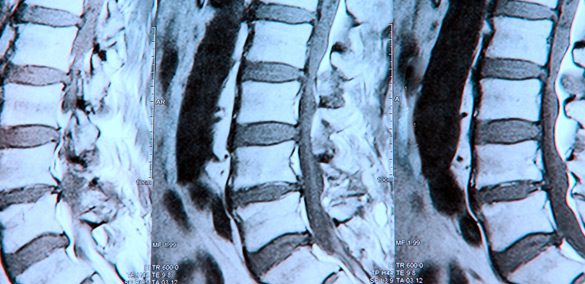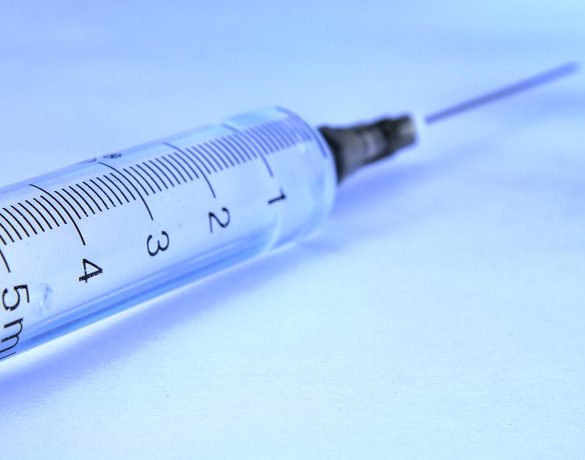Discogram is an outpatient diagnostic test. With the use of x-rays, this test allows for examination of the intervertebral discs of your spine.
Intervertebral discs are sponge-like cushions that act as shock absorbers and aid in flexibility. They are located between your vertebrae, or bones, of your spine. Intervertebral discs are like jelly donuts somewhat. They have a strong outer layer and a soft, jelly-like material in the center. When these discs bulge or rupture, pain and weakness can result from pressure on the nerves of your spinal column.
A discogram is performed to help locate the precise discs which are damaged and causing your back pain, to guide the treatment of abnormal discs and may also be performed prior to surgery to aid in the identification of discs that will be treated or removed.

How Does Discography Work?
During discography, a special contrast dye is injected using x-ray guidance into your injured disc, or a series of discs. The disc or discs are then visible on a fluoroscope monitor (real-time x-ray) and at times x-ray or CT scan are also used to obtain pictures of the injected disc.
A fluoroscope uses an x-ray beam to create images that are projected onto a fluoroscope monitor, which is a television-like monitor. When used with a contrast dye, the area being examined is clearly defined, making it possible for the physician to view each disc injected.
Preparing for Your Procedure
In preparation, you may be advised not to have anything to eat or drink for at least eight hours prior to your procedure. However, if you normally take medication for any heart condition such as high blood pressure, it is highly recommended that this medication is taken at your usual time with a sip of water prior to your procedure. Someone will need to accompany you as you will not be able to drive yourself home. If there is any possibility of pregnancy, women are urged to inform their x-ray technologist and physician.
An IV, or intravenous line, will need to be inserted into a vein to administer your sedation. This is a conscious sedation as you will remain awake during the procedure as it is necessary for communication with your physician.
Some individuals may also be given medications to help prevent pain and nausea, and antibiotics to prevent an infection.

How Discography is Performed
Upon entering the procedure room, you will be positioned accordingly on the examination table, either on your back for a cervical discography or on your stomach for a lumbar or thoracic discography. The following events will take place:
- Monitors will be attached to track your heart rate, pulse and blood pressure during the procedure.
- Should you have hair at or near the injection site, it may be shaved.
- The area to be injected is cleaned and sterilized.
- After the area is covered with a surgical drape, your physician will then administer a local anesthetic to numb the injection area.
- Guided by fluoroscopy, the procedure begins as your physician inserts a needle through your skin into the center of your disc being examined.
- Once in place, the contrast dye is injected and the needle is removed.
If the dye stays in the center of your disc, the disc is normal. Should the dye spread outside the center of your disc, this signifies possible damage from wear-and-tear. This damage may or may not be the cause of your pain.
At times throughout your procedure, you may be asked to describe the pain in terms of location, severity and distribution. Upon injection of the disc causing your pain, you may experience a sensation similar to your day-to-day pain. For optimal results, your physician cannot disclose to you where or when the injection is taking place. For additional discs, this process may be repeated.
Depending on how many discs are evaluated, this procedure can take from 30 minutes to one hour to complete.
Expectations After Your Procedure
You will remain in the procedure room for observation for a period between 30 minutes and one hour. Some pain or discomfort at the injection site is normal and may continue for several hours after the procedure. Your back will need to remain dry for 24 hours after your procedure.
